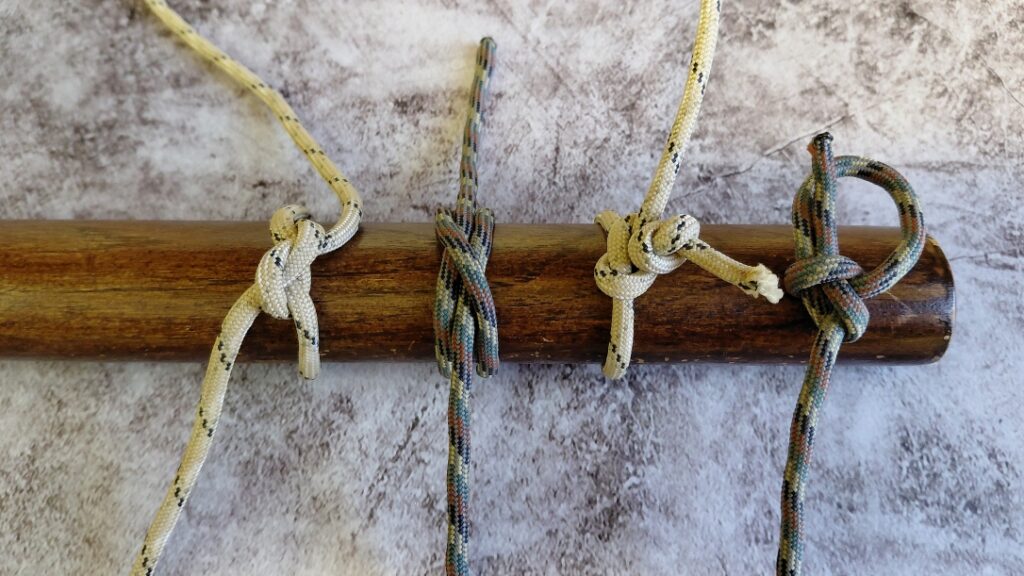Threat scanning is a crucial part of awareness. Being aware of who and what is around you and what threat or potential threat they pose.
But how are you judging this?
Mostly, nonverbal communication. You’re watching people and their body language to gauge whether or not they’re preparing themselves for violence.
Advertisement — Continue Reading Below
You’re looking for someone’s behavior outside the baseline, that range of behavior normal for your location.
You know what normal behavior is at your favorite spot for breakfast, at the beach, in the grocery store, etc. So when someone is acting outside the normal range of accepted behavior what are you going to do?
Step 1. Watch their hands.
Advertisement — Continue Reading Below
Step 2. Keep watching their hands.
Step 3. Remain at a respectful enough distance so that whatever is in their hands or their hands themselves can’t engage you without you reacting.
Step 4. Watch. Their. Hands.
Advertisement — Continue Reading Below
Regardless of how else you engage with a person or persons, verbally or physically, you must maintain visual awareness of any advantage they attempt to grab onto.
Hands vanishing into pockets, under shirts, or into waistlines are all ‘not good’ indicators in an escalating situation. Equally hands grabbing a bottle or bar stool. The probability that a gun, knife, bludgeon, or other injurious instrument is about to enter the situation is getting higher. Even clenching fists are an indicator that you are going to have to make quick decisions to avoid and minimize injury.
Talk them down.
Advertisement — Continue Reading Below
Move.
Fight.
Ultimately, the more time you can give yourself and anyone under your protection through your observations will aid in the success of your reaction. An extra second to say something to deescalate. An extra step or two worth of distance, almost universally your friend, to put you at advantage. An extra moment to clear your holster.
Advertisement — Continue Reading Below
Watch the hands.















